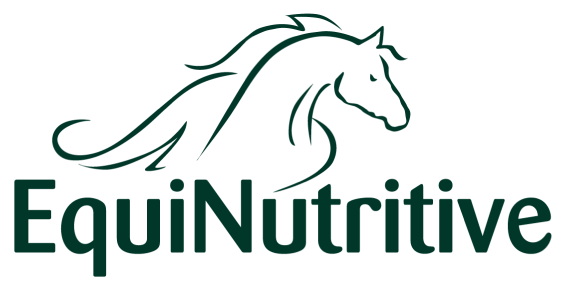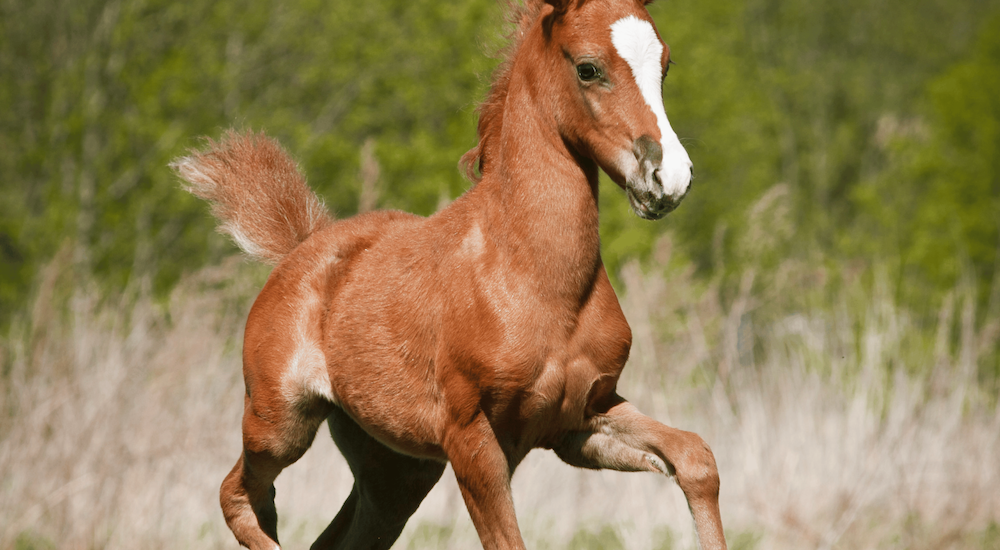What is OCD in Horses
Osteochondritis Dissecans (OCD) is a developmental orthopaedic disease affecting the joints. It primarily occurs in young, growing horses and involves the abnormal development of cartilage and bone within the joints. OCD can affect various joints, but it is most commonly seen in the hock, stifle, fetlock, and shoulder joints.
Causes of OCD in Horses
The primary cause of OCD is thought to be stress placed on abnormally developing bones; however other factors can contribute to the condition. These include trauma, injuries, nutrition, genetic predisposition, growth rate, hormone imbalances and exercise.
OCD can affect any breed of horse however it is more commonly reported in thoroughbreds and standardbreds who are bred to mature faster than many other horse breeds, their rapid growth rates are thought to play a key role in the development of the condition. The condition is also highly reported among warmblood horses. Foals with heavier birth weights are also put at a higher risk of developing OCD.
Early development of OCD in Horses
Symptoms of OCD are mainly notable between the ages of four months and two years of age however can present earlier in more severe cases. The condition is most notable in young horses primarily due to the developmental stage of their skeletal system and the rapid growth they undergo during their first few years of life.
As OCD primarily affects young growing horses, it is important to regularly monitor the growth rate (height and weight) of young horses and keep record of this. Any abnormal trends in growth should be investigated as this can be the first sign of an underlying problem that needs to be addressed.
Symptoms of OCD in Horses
The most obvious symptom of OCD is swelling in the affected joint, this may or may not be accompanied with pain. Affected horses may also have a stiffened gait, struggle to get up after lying down and can suffer from varying degrees of lameness. Affected horses may also display behavioural changes as a result of the discomfort that the condition causes.
Diagnosis of OCD in Horses
If you suspect your horse has OCD it is very important to consult with a vet. A vet will normally carry out a physical exam as well as a lameness assessment before carrying out diagnostic imaging using either X-ray, ultrasound or MRI scans to either confirm or rule out a diagnosis. Diagnostic imaging can also be used to determine the extent of the condition. As cases of OCD are often bilateral (meaning they can occur in both sides of the body) your vet may wish to take further images of the opposite joints even if clinical signs are not present.
Silent OCD cases
Some horses with OCD will present with no clinical signs of the condition, this is known as silent OCD. Cases of silent OCD will often remain undetected until later on in a horse’s life. When diagnosed later in life, this often leaves owners with a difficult decision to make regarding appropriate treatment.
Silent cases of OCD can be particularly problematic as the longer the condition is left untreated, the more likely it is to lead to complications later on in life. Of course not all cases of silent OCD will lead to complications but this is something to keep in mind when thinking about a horse’s future wellbeing and athletic career. Like with all cases of OCD, veterinary input is valuable when deciding on an appropriate treatment plan.
Treatment options for OCD in Horses
Treatment for OCD in horses may vary depending on the severity and location of the lesions. In fact, in many cases OCD lesions will resolve on their own without the need for any veterinary intervention. In other cases, conservative management, including rest, controlled exercise, and dietary adjustments can be sufficient.
Surgery and Its Efficacy
In more severe cases of OCD surgical intervention to remove or repair the affected cartilage and bone may be required. The procedure used is normally an arthroscope - a relatively minimally invasive keyhole surgery where the affected joint can be examined and any OCD lesions removed.
Initial recovery from an arthroscope will normally involve a period of box rest followed by gentle progressive exercise. It can take several months for horses to make a full recovery from OCD surgery. Recovery times can be affected by a range of factors and will vary between horses, vets will discuss specific rehab plans on a case by case basis.
Following successful surgical removal of OCD lesions, prognosis is normally very good with many horses being able to have a successful athletic career whilst remaining sound. Prognosis for shoulders affected by OCD is typically poorer as the area is more difficult to treat surgically
Managing OCD in Horses
Every horse will respond differently to rehabilitation plans following treatment, with some horses making a much quicker full recovery than others. Whilst many horses will make a full recovery and maintain good levels of athletic performance, other horses may benefit from a reduced workload following treatment to help them remain sound and prolong their athletic career. This will vary on a case by case basis and veterinary involvement should help owners determine their horse’s own capabilities following treatment.
Navigating OCD in Horses
Thankfully there are many preventative measures owners can take to minimise the risk of their horses developing OCD
Nutritional Management and Forage-Based Diets
By providing your horse with a balanced diet that meets all of their nutrient requirements from an early age, owners can help support a healthy growth rate. Ideally high sugar and starch concentrates should be kept to a minimum and where possible the overall combined sugar and starch content of the diet should not exceed 10%. In growing horses where protein requirements are elevated, owners should be able to meet these demands by feeding a high quality haylage as opposed to hay - this is a much better option than reaching for high protein stud and young stock concentrate mixes that will also contain extra levels of sugar and starch.
Contrary to popular belief, foals and growing youngsters can thrive on forage based diets and will not always require concentrated feeds. Feeding a high fibre diet and limiting sugar and starch intake will not only minimise the risk of OCD but a number of other digestive and metabolic concerns too.
Certain nutrients such as calcium, phosphorus, zinc and copper play a crucial role in skeletal development. It is important that these nutrients are provided in a young horse’s diet in appropriate quantities as deficiencies, excesses and imbalances of these nutrients may have a detrimental effect on skeletal development.
Balanced Exercise and Growth Monitoring
Thankfully in the vast majority of cases, a horse’s nutrient requirements can be met by feeding a diet based on a high quality forage or grazing. If you have any concerns about any of your horse’s nutrient requirements not being met, it is best to consult with a vet or nutritionist first as the over supplementation of certain nutrients can be just as detrimental as a deficiency.
Horses with OCD or those who have been treated for the condition may benefit from the addition of a high quality joint supplement in their diet to support ongoing joint health. Our Alpha Gold joint supplement is an entirely natural, turmeric based joint supplement that works to promote all round joint health and support mobility. The addition of linseed oil and coconut oil in Alpha Gold aids turmeric absorption and provides the supplement with an ideal ratio of Omega fatty acids to promote an anti-inflammatory response within the body making it the perfect option for horses who may require a bit of extra joint support.

